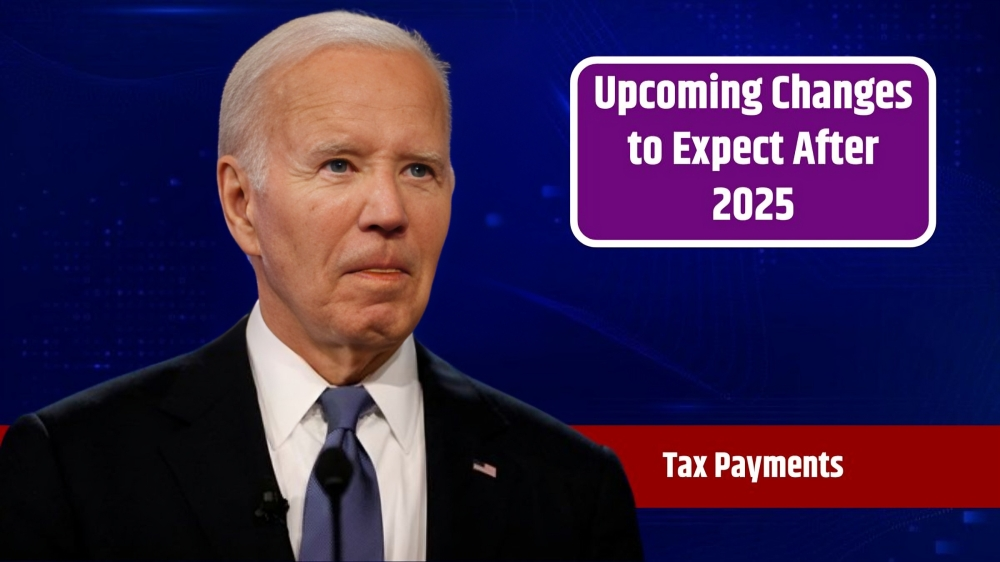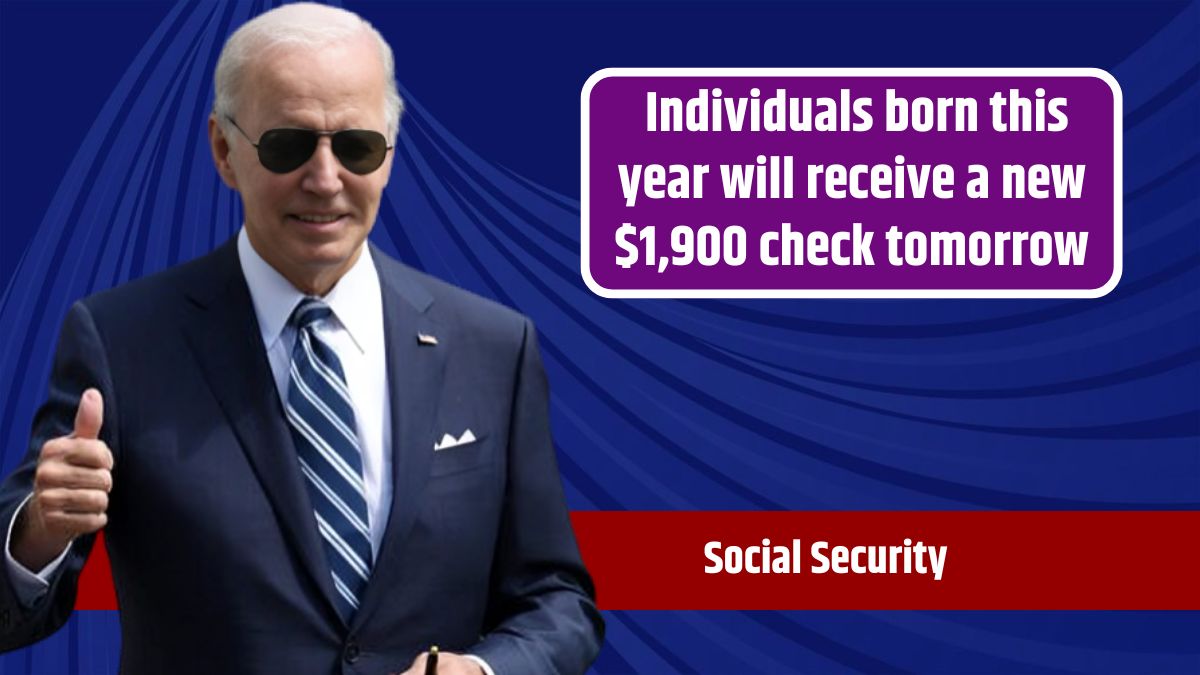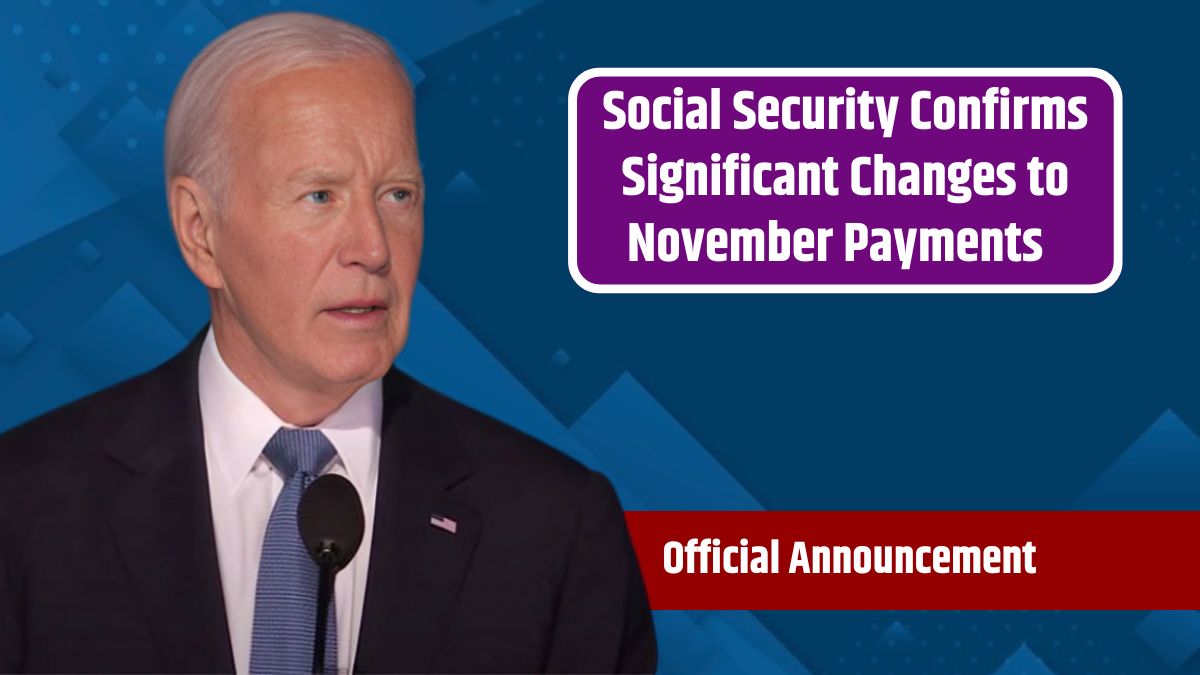With 2025 fast approaching, several potential changes in tax laws could significantly impact your finances, especially if you benefit from credits like the Child Tax Credit. These upcoming reforms stem from the scheduled expiration of provisions under the Tax Cuts and Jobs Act (TCJA) of 2017. Knowing these changes is crucial for effective financial planning, particularly for families relying on tax credits to ease their financial burden.
IRS Tax
To know how these changes may impact you, it’s important to first grasp how the IRS collects taxes. If you earned $50,000 in 2024 and filed your federal tax return individually, you’d start by determining what portion of that $50,000 is taxable. Most taxpayers take advantage of the standard deduction, which reduces their taxable income. For 2024, the standard deduction for individual filers is $14,600, meaning only $35,400 of your income would be subject to federal income taxes.
The IRS then applies a tiered tax system, where the first $11,600 of your taxable income is taxed at 10%, and the remaining amount up to $35,400 is taxed at 12%. This results in a total tax payment of $4,016.
Standard Deduction
One of the significant changes expected in 2025 is a reduction in the standard deduction. The standard deduction, which currently helps reduce taxable income, will decrease substantially from $14,600 for individual filers to $6,350, and from $29,200 to $12,700 for those filing jointly. This reduction effectively increases the amount of your income subject to taxation, potentially raising your overall tax liability.
Child Tax Credit
The Child Tax Credit (CTC) has been a vital financial benefit for families, particularly after the TCJA doubled the credit from $1,000 to $2,000 per child and increased the refundable portion up to $1,600. However, with the expiration of the TCJA provisions, the Child Tax Credit could revert to pre-2017 levels. This means the credit might decrease back to $1,000 per child, with a lower or non-existent refundable portion, which would reduce the overall financial benefit for many families.
Additionally, proposals have been discussed to permanently enhance the Child Tax Credit. For instance, Vice President Kamala Harris has proposed increasing the CTC to $6,000 for eligible children under the age of one, though these proposals have yet to be implemented. If enacted, these changes could significantly impact families, especially those with young children.
Tax Brackets
Another major change that could affect your tax payments is the potential increase in tax brackets. If the temporary changes introduced by the TCJA expire, the tax rates will increase as follows:
- 10% bracket: Remains at 10%
- 12% bracket: Increases to 15%
- 22% bracket: Increases to 25%
- 24% bracket: Increases to 28%
- 32% bracket: Increases to 33%
- 35% bracket: Remains at 35%
- 37% bracket: Increases to 40%
These increases could result in higher tax liabilities for many Americans, particularly those in higher income brackets.
ITIN-Dependent Credits
The 2017 TCJA introduced a non-refundable $500 credit for dependents who do not qualify for the Child Tax Credit, such as those without a valid Social Security Number (SSN). There is a possibility that this credit could be eliminated or modified, further complicating tax filings for families with dependents holding an Individual Taxpayer Identification Number (ITIN).
Planning for 2025
Given these potential changes, it’s essential to stay informed and proactive in your financial planning. The reduction in the standard deduction and Child Tax Credit, coupled with the increase in tax rates, could significantly affect your tax bill. Families should consider consulting with a tax professional to investigate strategies that could help mitigate the impact of these changes, such as adjusting withholdings, maximizing deductions, or investigating other credits that may still be available.
As we approach 2025, the landscape of tax benefits and liabilities is likely to shift, and knowing these changes will be crucial in making informed decisions about your financial future.
FAQs
How will the standard deduction change in 2025?
The standard deduction will decrease to $6,350 for individuals and $12,700 for joint filers.
What changes are expected for the Child Tax Credit?
The Child Tax Credit may decrease back to $1,000 per child, with a lower refundable amount.
How will tax brackets change in 2025?
Tax brackets will increase, with the 12% bracket rising to 15% and the 37% bracket rising to 40%.
Will the ITIN-dependent credit be eliminated?
There’s a possibility that the $500 credit for ITIN dependents could be eliminated or modified.
What should families do to prepare for these changes?
Consult a tax professional to explore strategies to mitigate potential tax increases and adjust financial planning accordingly.









